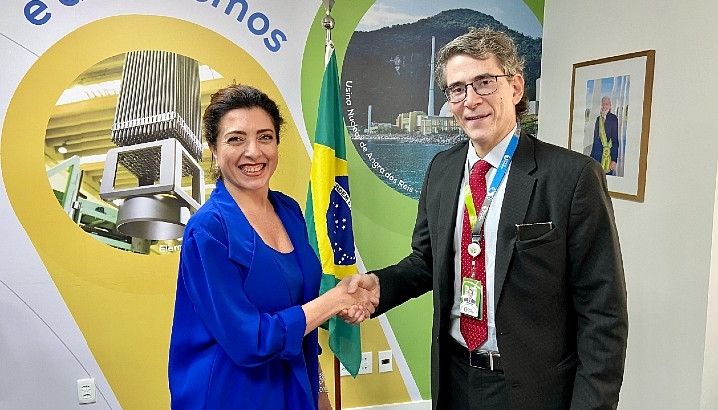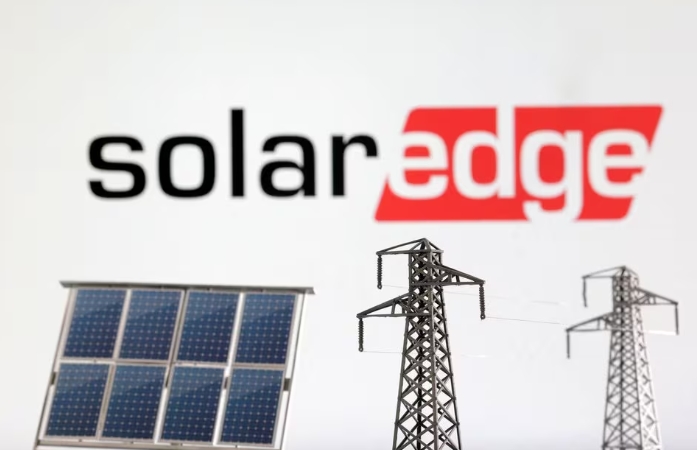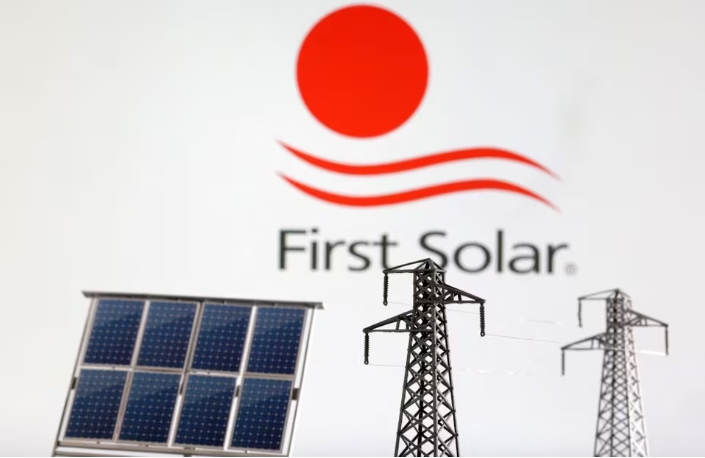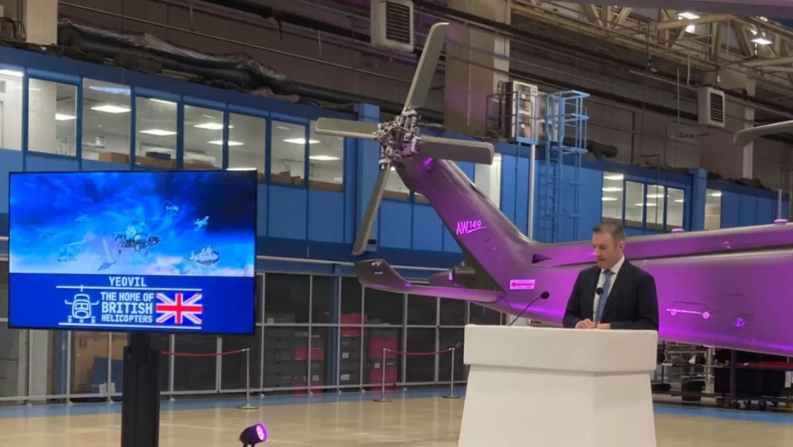
The memorandum of understanding will see the two sides collaborating on feasibility studies for the production of lutetium-177, which is a beta-emitting radioisotope used in targeted radionuclide therapy for the treatment of prostate and other cancers, destroying the cancer cells while leaving healthy cells unaffected.
Production has already been tested and implemented at Bruce 7 in Canada and is being implemented at Cernavoda 2 in Romania.
At present lutetium-177 has to be imported by Brazil, at a very high cost. The intention is that if the scheme is successful a similar process would also be carried out in the future if and when Angra 3 is operating.
Eletronuclear President Raul Lycurgo said: "We will put the brains of both institutions to work together to serve the health of Brazil and Brazilians. If there is a possibility of adapting our energy generation process in Angra 2, we will undoubtedly do it."
President of the Brazilian Society of Nuclear Medicine (SBMN), Elba Etchebehere, said: "We approached Eletronuclear so that Angra 2 could embrace the health cause ... although nuclear medicine represents a minimal portion of the use of nuclear energy, its impact on public health is extremely significant.
"Today, everything comes from abroad. If we can have this radioactive isotope, which is essential for cancer treatment, here in the country, the entire population will benefit. Today, less than 1% of Brazilians have access to this type of treatment."
In November, Framatome and Argentina's Nucleoelectrica began a year-long study to evaluate the technical and economic feasibility of producing the medical isotope lutetium-177 from Atucha I, Atacha II and Embalse nuclear power units.







